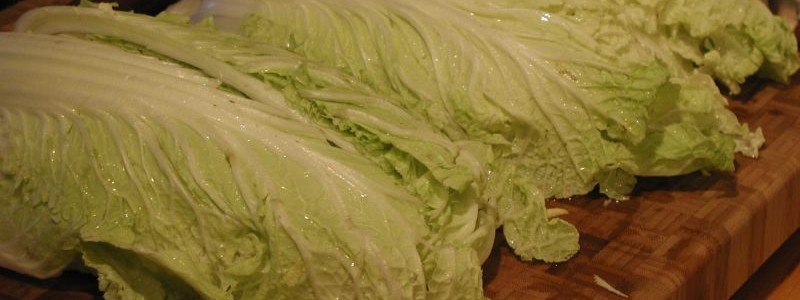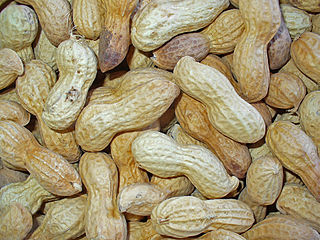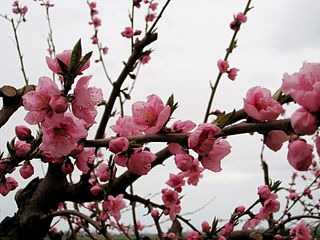Crops
-

The Guardian posted a story today on the impacts of severe drought followed by flooding rain on supplies of cabbage in North Korea. The cabbage is fermented to make kimchi, a staple dish that gets many families through the winter. Prices of cabbage and other ingredients have gone up by 50 percent if they are…
-

Rome Ethredge posted an update on the impacts of the rainy conditions on peanut and cotton harvest on the Seminole Crop E News blog. I’ve posted it here because it shows how tough the recent rains have been on Georgia farmers. You can also look at it at https://seminolecropnews.wordpress.com/2015/11/09/rainy-weather/. Recent rains have brought cotton and peanut…
-

I got a phone call today from a peach producer here in Georgia who was wondering why the chill hours this year are so low compared to previous years. For example, near my office in Watkinsville GA we have only received 28 chill hours from October 1 through yesterday compared to 79 in 2014, 62…
-

National Public Radio had an intriguing story about a hay farm in Arizona that is owned by a Saudi dairy company and how it is affecting local groundwater levels. “That dairy company, named Almarai, bought the farm last year and has planted thousands of acres of groundwater-guzzling alfalfa to make that hay. Saudi Arabia can’t…
-

Earlier this week Andrew Revkin of the New York Times posted a blog article discussing the latest carbon dioxide measurement from Mauna Loa, where records have been kept since the International Geophysical Year of 1958. The October 19 measurement shows that the concentration of CO2 is now 398.08 parts per million. As Northern Hemisphere winter…
-

Rome Ethredge of Seminole Crop E News provided some good advice for peanut farmers looking to dig peanuts when temperatures are near 32 °F. If it is too close to freezing you can get significant damage to peanuts resting on the ground if they have too much moisture. You can read his blog post at https://seminolecropnews.wordpress.com/2015/10/23/cold-weather-and-peanuts/.
-

According to a recent news story in CBS News, a new study published in Environmental Research Letters projects that the onset of spring plant growth will shift up by an average of three weeks by the year 2100 due to climate change trends. The trend to warmer temperatures are expected to shift the dates of first…